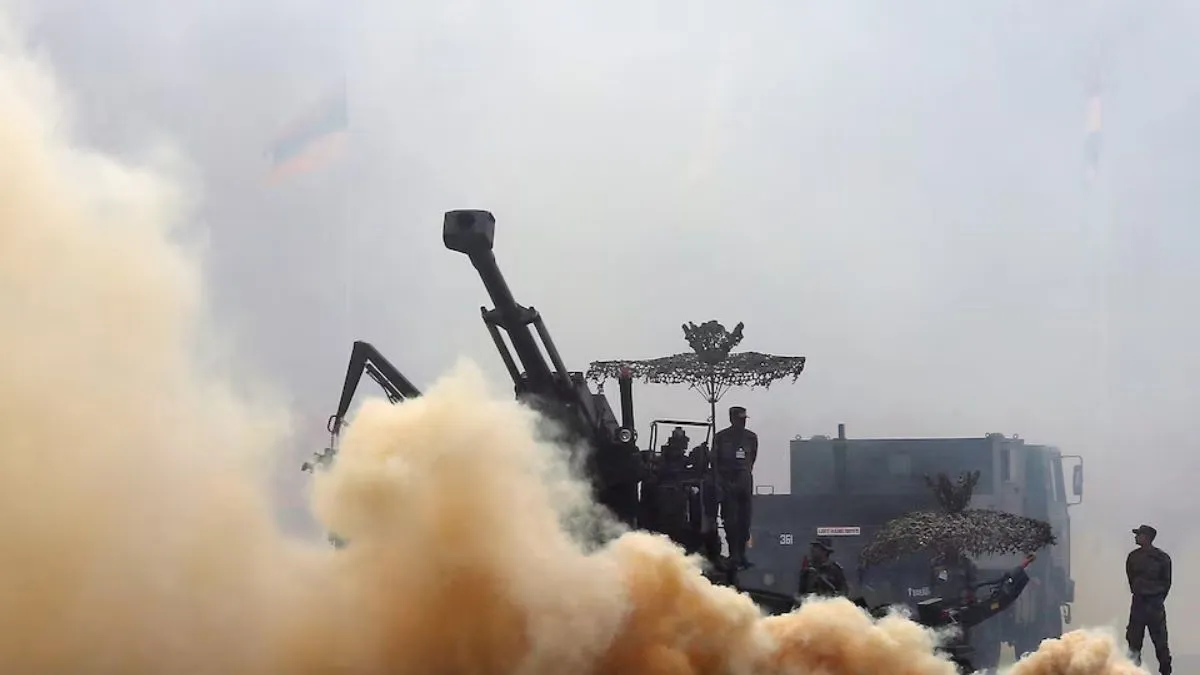- By Supratik Das
- Sun, 25 May 2025 04:08 PM (IST)
- Source:JND
A US intelligence report has come up with stark differences in India and Pakistan's perceptions of their security threats, with Pakistan regarding India as an "existential threat" and India regarding China as its "primary adversary", regarding Pakistan as an "ancillary security problem to be addressed". The findings are included in the 2025 Worldwide Threat Assessment issued by the US Defence Intelligence Agency (DIA).
According to the DIA report, Prime Minister Narendra Modi’s defence strategy in 2025 is expected to focus on global leadership, countering China, and strengthening India’s military capabilities. The report says, “India views China as its primary adversary and Pakistan more as an ancillary security problem to be managed, despite cross-border attacks in mid-May by both India’s and Pakistan’s militaries.” India-China border disengagement over the past year, specifically along the Line of Actual Control (LAC) in eastern Ladakh, eased tensions but did not resolve the long-standing border dispute, the report further stated. India is also strengthening defence cooperation in the Indian Ocean Region (IOR) to push back against China's expanding footprint, the report added. This also includes combined military exercises, sharing defence technology, weapon sales, and other bilateral collaborations.
The report points out India's ongoing military modernisation under the 'Made in India' program for developing an indigenous defence industry and addressing global supply chain risks. India in 2024 test-fired the Agni-I Prime MRBM and Agni-V with multiple independently targetable reentry vehicles (MIRVs). It also commissioned the second nuclear-powered submarine, enhancing its nuclear triad and deterrent potential.
India will continue to have robust defence relations with Russia, despite reduced imports of new Russian-origin military equipment. “India still relies on Russian spare parts to maintain and sustain its large inventory of tanks and fighter aircraft,” the report states, adding that these are the backbone of India's capability to deter China as well as Pakistan.
Pakistan's Nuclear Capability
Conversely, the DIA report details how Pakistan continues to view India as its top security threat and is accelerating its nuclear modernisation, including the development of battlefield nuclear weapons. While carrying out day-to-day operations against terror organisations, over 2,500 individuals were murdered in Pakistan in 2024 by militants, including Tehrik-e-Taliban Pakistan (TTP) and Baloch nationalist fighters, the report adds. “Pakistan regards India as an existential threat and will continue to pursue its military modernization effort to offset India’s conventional military advantage.”
The DIA report warns that Pakistan is nearly certain to be buying materials for weapons of mass destruction (WMDs) from foreign middlemen and procurement networks. It notes that China continues to be Pakistan's main military supplier, but terror attacks on Chinese nationals based in Pakistan have strained the relationship. “Pakistan is acquiring WMD-applicable goods from foreign suppliers, sometimes transhipped through Hong Kong, Singapore, Turkey, and the UAE,” the report stated.
The report also referred to recent India-Pakistan military tensions in the aftermath of the April terror attack in Jammu and Kashmir. India's Operation Sindoor involved missile attacks on terror infrastructure in Pakistan and PoK, which had unleashed a round of missile, drone, and artillery exchanges from 7 to 10 May that ended in a temporary ceasefire.

